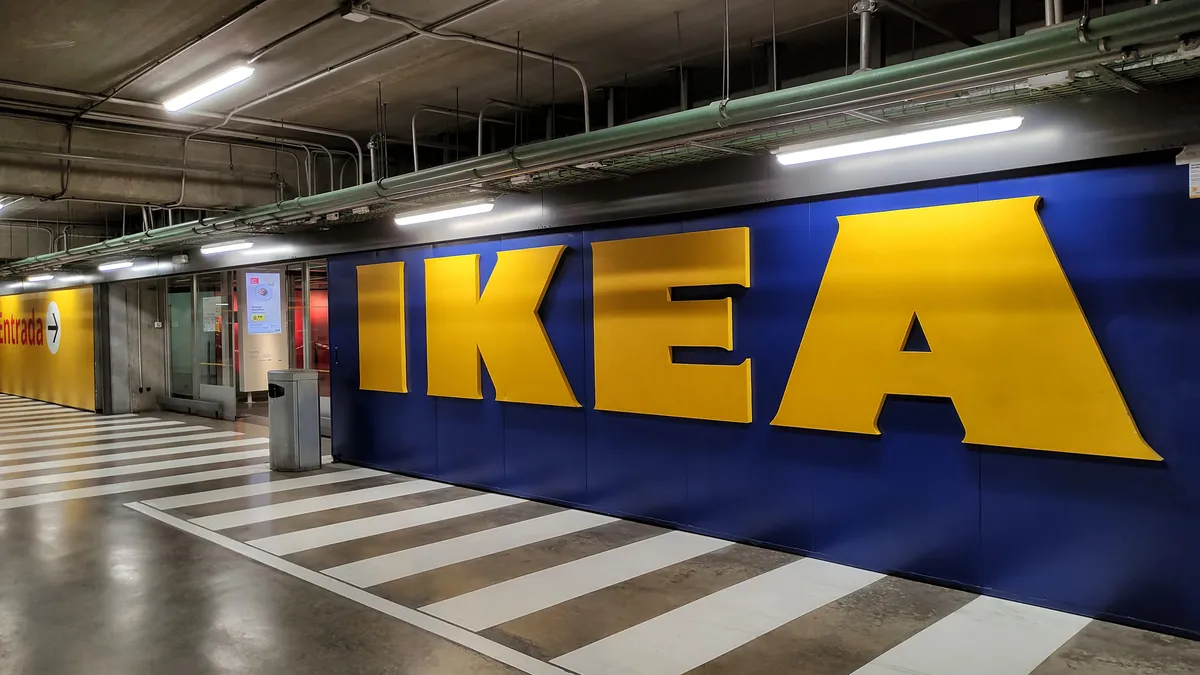Dive Brief:
-
The National Football League is partnering with Amazon Web Services to apply artificial intelligence and machine learning to derive insights about player safety and treatment, the organizations announced Thursday. The underlying goal is to "predict the risk of player injuries" to make way for prevention.
-
AWS and the NFL will analyze data on game rules, equipment and rehabilitation strategies after players suffer injuries, according to the announcement. The league will use AWS technology to apply insights to computer simulations and modelings for injury prediction.
-
The organizations are partnering to develop a "digital athlete" platform, which creates a computer simulation of NFL players to model "infinite" scenarios. NFL will feed historical and current data into the platform, including video feeds, player position, plays, equipment, environmental information and injury reports, according to the announcement.
Dive Insight:
The computer simulations of players feeds years of historic data into advanced analytic systems. If successful, the technology could be applied to other sports.
The health and safety push is an extension of the existing partnership between the NFL and AWS. In 2017, the NFL chose AWS as the cloud and machine learning backbone for Next Gen Stats, the league's player-tracking platform. The Seattle Seahawks also announced last week it would use AWS for cloud computing, ML and AI needs.
The NFL has faced criticism for the safety and long-term health of players, particularly in light of research and lawsuits related to concussions and brain disease.
Creating a platform to visualize players' responses in practically unlimited scenarios creates a pathway for rules aimed at prevention. It's also a play right out of the industrial playbook.
Digital twin technology takes a physical product and creates a digital version. It's a rendering of the physical world, ready-made for manufacturing and scenarios with large equipment.
A company could create a digital twin of an engine. If it breaks down, the digital rendering could inform problem areas and allow mechanics in the field easy access to information.
Digital twins are also cropping up in the back office, where companies can use the technology to map the enterprise technology stack, visualizing the network and other moving parts of the business.
The move plays right into one of Gartner's key trends for 2020. The analyst firm projects the rise of multiexperience technology where companies will build multiple modes of input.
The NFL will use its digital athletes to model scenarios, but it could use derived insights to inform player performance and augment their capabilities.












